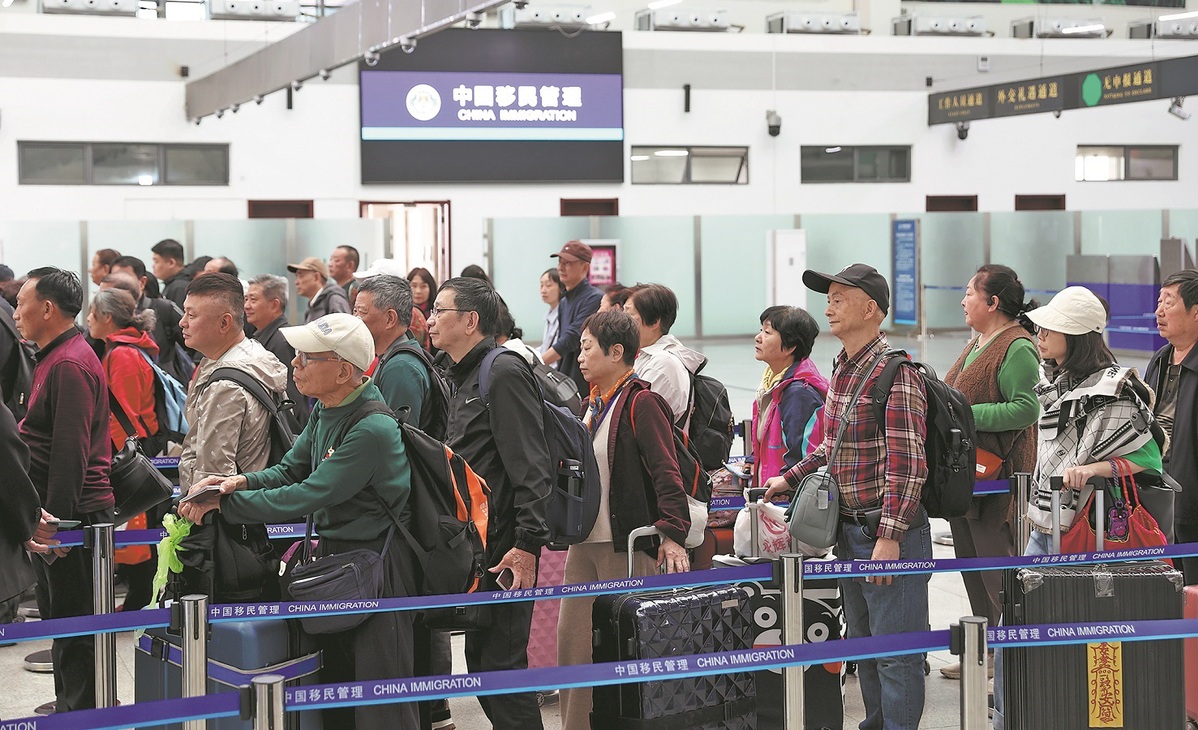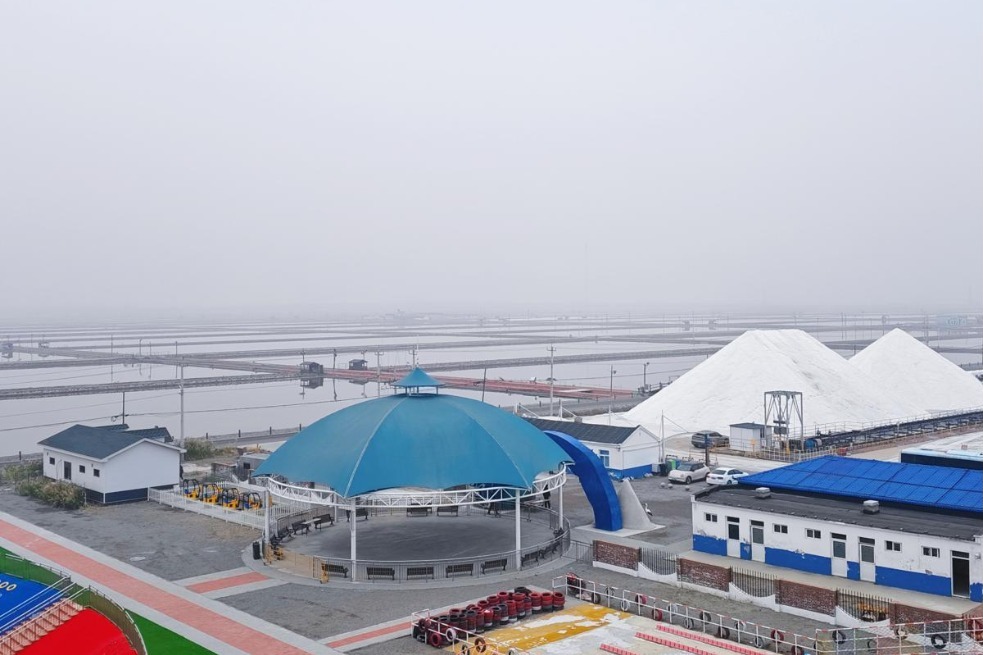Visa-free policy leads to rise in cross-border travel


While the volume of goods and number of trains crossing back and forth over the China-Kazakhstan border in Horgos, Xinjiang Uygur autonomous region, continue to break records, passenger crossings are also on the increase, border officials said.
According to the Xinjiang Exit-Entry Border Inspection Station in Horgos, a record high of some 280,000 crossings have been made at the border during the first quarter of this year, a 30 percent year-on-year increase.
The number of people crossing the border has significantly increased after the agreement on mutual visa exemption between China and Kazakhstan went into force on Nov 10, 2023, said Fu Ruichao, a border inspection officer.
"Before the agreement took effect, we would normally see 20 buses taking passengers to the Chinese border every day. Now, the number is between 50 and 60, which means the number of passengers has also surged," Fu said.
Chinese and Kazakh citizens have been granted visa-free access to each other's country for no more than 30 days for a single crossing, and are allowed to stay in the other country for a cumulative total of 90 days within 180 days.
"We've seen an obvious increase in the number of Chinese tourists making trips to Central Asian countries, foreign traders, people who seek advanced medical treatments in China and foreign students," Fu said.
Another visa-free agreement between China and Uzbekistan came into effect on June 1, Fu said, adding that he expects to see more Chinese tourists explore the Silk Road by visiting Kazakhstan via Horgos and then Uzbekistan.
"Such agreements have further improved personnel and trade exchanges between China and Central Asian countries," he said. "It also means that we must be prepared for the travel rush in advance. While improving the efficiency of inspection and further facilitating opening-up, we will always prioritize border security, which is key to national security."
At the China-Kazakhstan Horgos International Border Cooperation Center, Zhang Liangbo, another border inspection officer, has also had to cope with a large influx of people entering the center for business and tourism.
The center allows business people from both countries to showcase their products, discuss cooperation and sign deals all under one roof.
In 2012, there were some 270,000 visits to the center. The number surpassed 6 million in 2019. In the first four months of this year, over 3 million visits have been made to the center, a year-on-year increase of 104 percent, according to official figures.
"As the Belt and Road Initiative and Horgos itself become more influential, more and more people from other parts of China will visit the center so they don't miss out on the business opportunities," Zhang said.
Fu said although the border inspection officers in Horgos are busier than ever, they are glad to witness the BRI bearing fruit. "It shows that China has more partners and friends so it's all worth it," he said.
- Xi urges deepening reform, opening-up during Guangdong inspection tour
- Xi attends carrier's commissioning
- Xi inspects Meizhou in South China's Guangdong
- Senior Xi'an official facing probe by China's anti-corruption watchdogs
- Philippines risks creating trouble for itself: China's defense ministry
- Newborn with congenital heart disease receives life-saving surgery in Yunnan




































